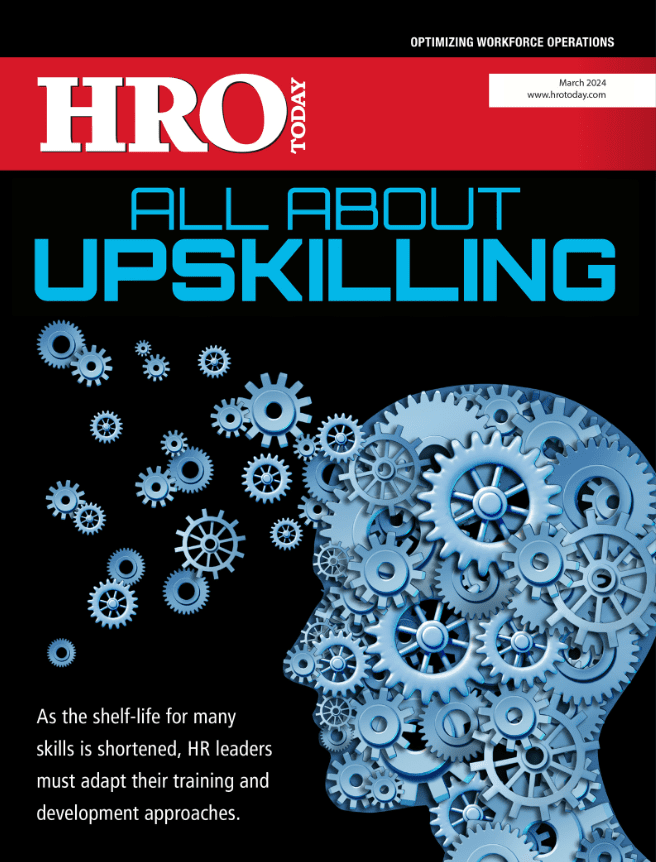Today’s learning programs are enabling organizations to navigate business challenges caused by uncertainty, fill skills gaps, and build the leaders of tomorrow.
By Debbie Bolla
For Naveen Bhateja, executive vice president and chief people officer for Medidata Solutions, the recent changes to the world of work caused by COVID-19 have only proved the value of a quality learning program.
“Learning and development are critical to keeping employees engaged and feeling connected to the company and its mission,” he explains. “During times of uncertainty, the connection employees feel can wane.”
Some of this missing connectedness stems from the need and nature of remote work -especially for workers who hadn’t experienced it in the past and moved into it abruptly due to the urgency of the global health crisis. But technology has played a large part in easing the transition.
“Many companies, including Medidata, are investing in more digital technologies and methodologies to transform their learning channels and learning management features,” he explains.
Mary Herrmann, managing director of global executive coaching for BPI group, also understands tech’s value -especially in today’s circumstances. “Advanced technological capabilities have enabled nimble organizations to continue L&D programs without a hitch by transitioning them to virtual environments,” she says. “Opportunities for development can remain consistent or change with organizational values and strategy as long as the platforms are reliable and have features conducive to learning.”
Virtual work is also shifting the content of training programs, Bhateja says, since employee and manager needs have changed dramatically in the past few months. “For example, we’re seeing companies increase training around how to manage a remote workforce,” he notes. “More than ever, managers must consider how to convey human qualities such as empathy to support employees through the pandemic and social unrest; they must focus on creating collaborative scenarios that support employees juggling unique family and personal needs.”
Herrmann agrees. “In terms of channeling leadership topics most conducive to today’s ambiguous work environment, there has never been a time when managers’ coaching skills have been more significant and applicable,” she says. “Intense focus on developing leaders’ ability to listen without judgment, question with curiosity, and challenge deep-seated beliefs, as well as guiding individual commitment to action, can be applied to any of the various issues distressing employees right now. Additionally, that level of unconditional support creates an inspired and energized workforce.”
Within the L&D space, pre-COVID-19 challenges still exist for organizations. A main consideration: the skills gap, with Deloitte reporting that it could have a $2.5 trillion impact on the U.S. economy over the next 10 years.
“As this gap widens, businesses that don’t take steps to address it might be left behind,” says Bhateja. With that in mind, Medidata built a specific strategy around cross-functional projects that help foster a learning culture. Bhateja says this strategy is an action close to home in the HR department.
“In the context of recent dynamic growth for our company, I questioned how the traditional center of excellence (COE) HR model could meet the needs of a rapidly changing business,” he explains. “At the same time, we wanted to define exactly what the ‘People Team’s’ contribution would be and what our vision for the future would be.”
The solution? A five-pillar strategy that aligns company objectives to areas not typically covered in the COE model that can be addressed through project work and come with professional growth opportunities.
Bhateja provides an example: “One member on my team had been doing employee engagement events management. She took on a leading role in building the change management resources. As a result of that project, she grew an interest in learning and organizational development. A few months ago, she accepted a role on that team and now focuses exclusively on that work. It’s a great example of how cross-functional work can open up career opportunities for team members and aid in retention of top talent, particularly when budgets are tight during challenging economic times.”
Another strategy the organization leverages to retain top talent is executive coaching and leadership development. “At Medidata, we have various programs designed to assimilate top talent into the organization and into new leadership positions; transition them into those leadership roles with an expanding scope that impacts the business; and develop those with high potential to increase their effectiveness,” he explains.
Medidata leverages coaching for three talent transitions:
- assimilation into the organization or into a new leadership position;
- transition into a new role and/or one with expanding scope and impact in the business; and
- acceleration and development for high performers with high potential to increase effectiveness in their role.
What’s Ahead
Bhateja forecasts that technology will continue to drive the future of L&D programs. “Looking ahead, one of the technologies I expect to become more mainstream within L&D is virtual reality (VR),” he explains. “For example, VR is key to behavior apps that simulate scenarios ranging from running meetings to performance coaching. We at Medidata were exploring VR applications prior to the pandemic and have since accelerated our investments.”
For organizations looking to invest in their employees through learning and development, a roundup of partners and some of their services is provided here.














